10 Interesting Facts You Didn’t Know About the Now-Extinct Dodo Birds
The dodo bird vanished more than 300 years ago, but its story still sparks curiosity. Native to just one island and wiped out in just a few decades, the dodo has become a symbol of extinction and ecological imbalance. Here are some fascinating facts about this strange, flightless bird.
Only Found on Mauritius

Credit: Getty Images
The dodo was native exclusively to the island of Mauritius in the Indian Ocean. Despite being surrounded by other landmasses, it never spread beyond its home because it couldn’t fly. This limited range made the species especially vulnerable once humans arrived and disrupted its isolated environment.
Laid Just One Egg at a Time
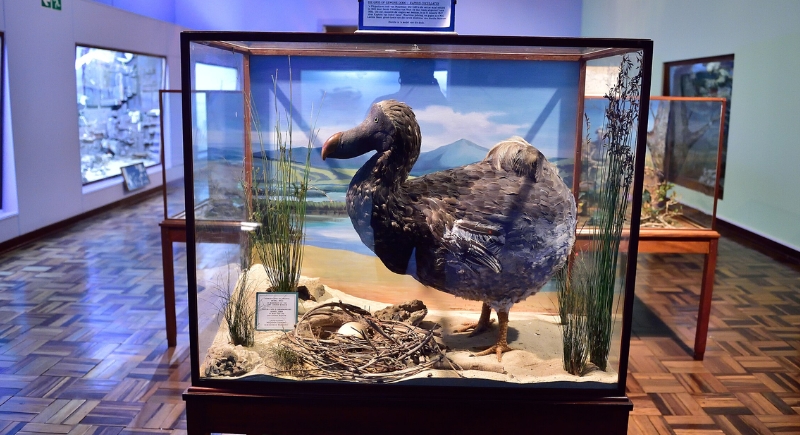
Credit: Getty Images
Dodo birds weren’t prolific breeders. Females laid only one egg per nesting period, which worked fine when predators didn’t exist. After settlers and invasive species arrived, this slow reproductive rate became a major problem.
Had No Natural Predators
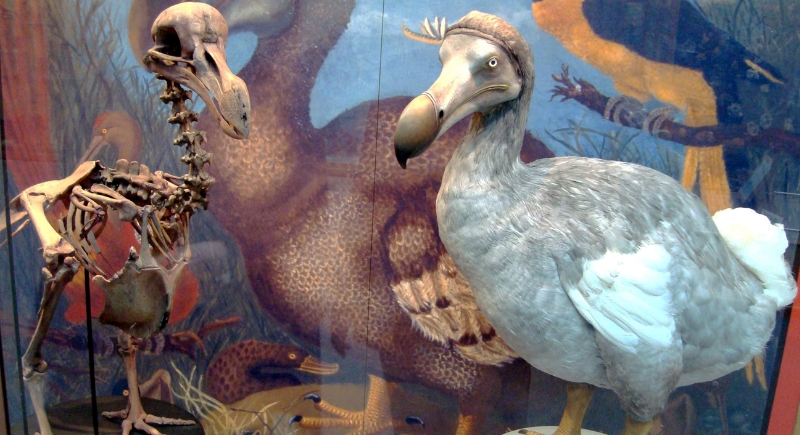
Credit: Getty Images
Before people and invasive animals showed up, the dodo had no predators on Mauritius. There were no snakes and no large mammals. Even predatory birds didn’t exist. This lack of threats made the dodo fearless, which sadly led to it being easy prey for humans, dogs, pigs, and monkeys.
Called ‘Wallowbird’ by Some
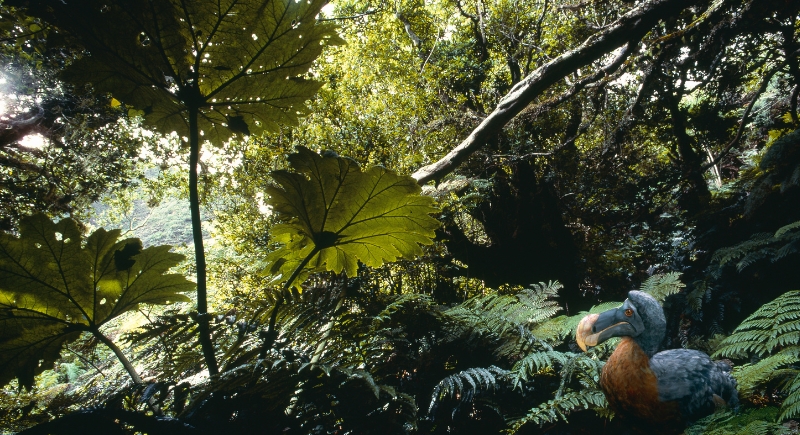
Credit: Getty Images
During its brief encounter with the outside world, the dodo picked up more than one name. Dutch sailors referred to it as the “wallowbird,” while the Portuguese confused it with penguins. The origin of “dodo” remains unclear—some think it came from a Portuguese word, “doudo,” meaning “fool” or “sluggard.”
They Were Probably Smarter Than Believed
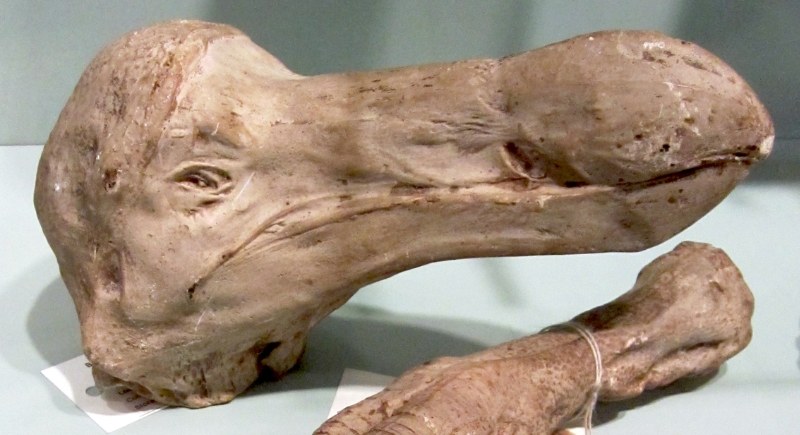
Credit: Wikimedia Commons
However, recent brain scans of dodo skulls suggest that their intelligence was not drastically different from modern pigeons, which are known to solve problems and recognize themselves in mirrors. Knowing this, the myth that these animals were dumb might just be an old sailor’s exaggeration.
Used Stones to Help Digest Food

Credit: pexels
Dodos swallowed small stones called gastroliths to help grind up tough food inside their gizzards. This behavior was common among some modern fowls as well. Their diet included seeds, fallen fruit, nuts, bulbs, shellfish, and even small crabs, making them opportunistic eaters in their lush island environment.
Couldn’t Fly but Could Run
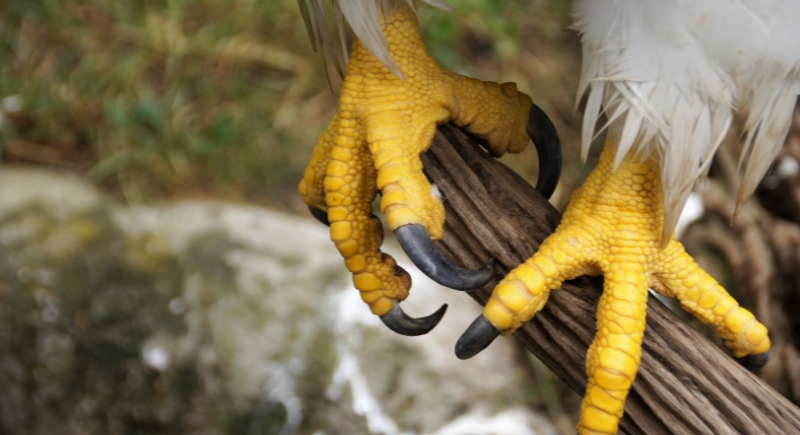
Credit: pixabay
Though the dodo was completely flightless, scientists now believe it could run fairly fast. Its strong legs and sturdy bones suggest it had decent land speed, which helped it forage and possibly escape minor threats. It grew to about 3 feet tall and weighed up to 20 pounds.
Built Nests on the Ground

Credit: Getty Images
Dodos made their nests directly on the forest floor, thanks to the complete absence of predators. They didn’t need trees or high ledges to stay safe. But when settlers brought dogs and rats with them, this nesting behavior became a deadly vulnerability for both eggs and adult birds.
Taste Wasn’t That Great

Credit: Getty Images
Using dodo meat wasn’t a hit. Dutch settlers often described it as tough and not particularly tasty. Still, food was limited, so they ate it anyway. They would sometimes salt and store the meat on ships. Eventually, the birds became so rare that they vanished from menus altogether.
Only Recently Reconstructed Properly
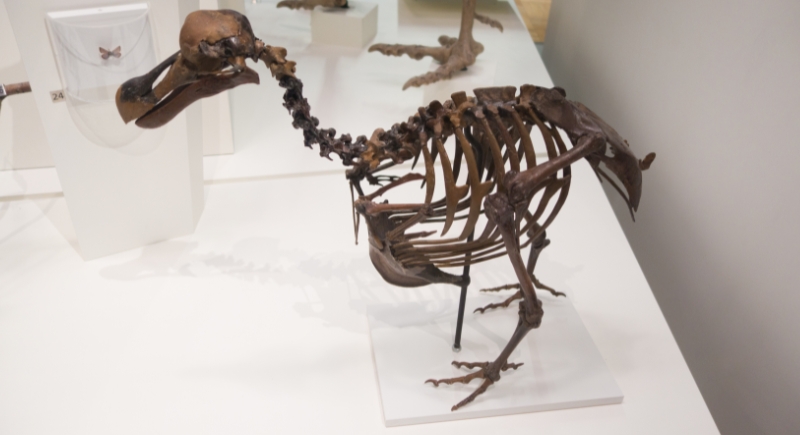
Credit: Wikimedia Commons
For centuries, the actual appearance of the dodo was mostly guesswork. Artists in the 1600s based their sketches on verbal accounts. But in 2007, scientists found a nearly complete skeleton in Mauritius. That discovery allowed for the most accurate reconstructions of the dodo’s size, build, and features.
Sailors Drove the Species to Extinction

Credit: Canva
The extinction timeline of the dodo started when Dutch sailors arrived on Mauritius in 1598. They hunted dodos for food, but the real problem came from the rats, pigs, and monkeys they brought with them. These animals raided dodo nests, and by 1681, the bird was completely gone.
Featured in “Alice’s Adventures in Wonderland”
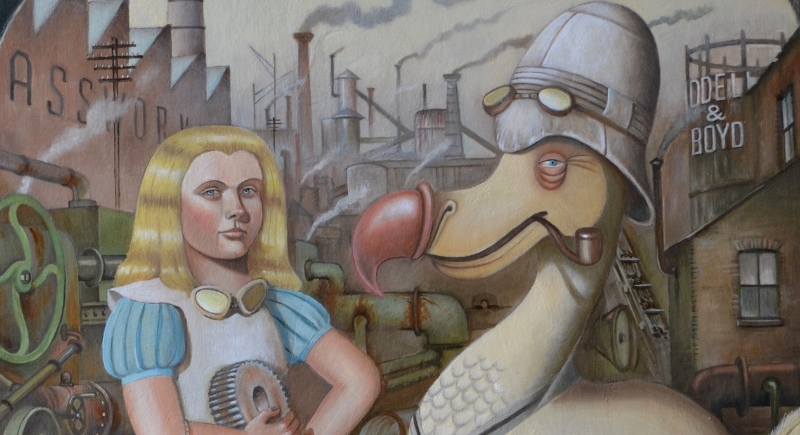
Credit: Wikimedia Commons
Lewis Carroll gave the dodo a memorable moment in “Alice’s Adventures in Wonderland,” where it proposes a “Caucus race” with no clear rules. Doing this helped spark renewed curiosity about extinct species. It’s thought Carroll did it as a nod to his own stutter—he sometimes introduced himself as “Do-do-Dodgson.”
Used in Mauritius Tourism
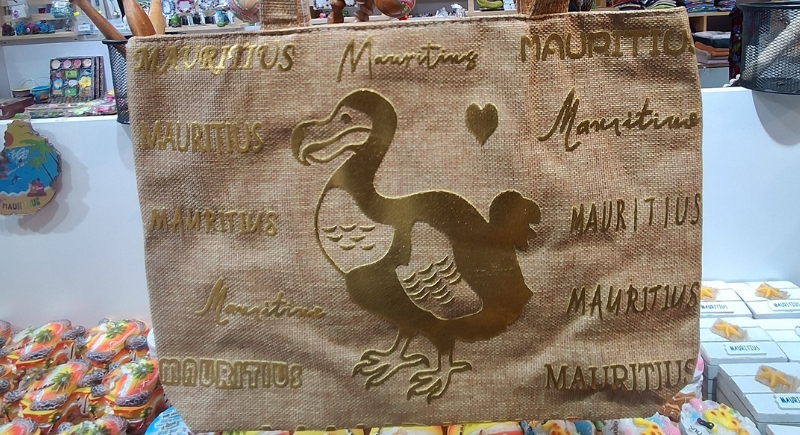
Credit: Facebook
Although extinct, the dodo is still everywhere on Mauritius. Its image appears on local products, souvenirs, and even the country’s coat of arms. It has become a symbol of national identity and a clever marketing tool for the island’s tourism industry, proving that extinction doesn’t erase cultural significance.
The Nicobar Pigeon Is Its Closest Living Relative
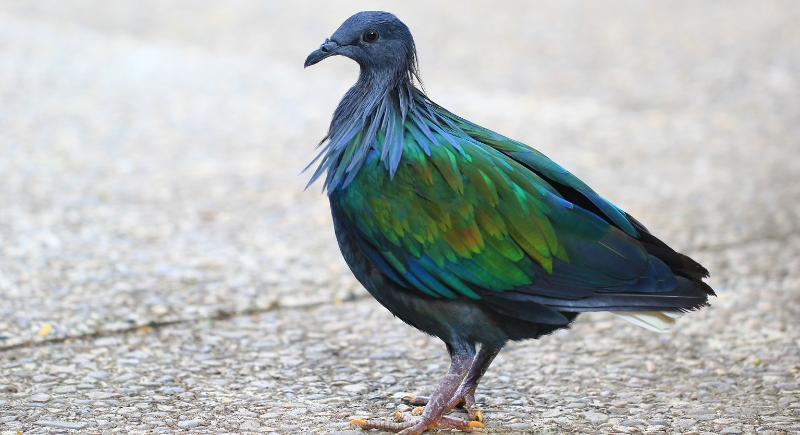
redit: Canva
Genetic studies show that the dodo’s nearest living cousin is the Nicobar pigeon, which still exists in parts of Southeast Asia and the Pacific. Both species descended from the same ancestral pigeon. Another extinct cousin, the Rodrigues solitaire, lived on a nearby island before also going extinct.
Bringing the Dodo Back?

Credit: Instagram
Scientists have studied dodo DNA using well-preserved bones from Mauritius, successfully sequencing parts of its genome. Geneticist Beth Shapiro’s team at the University of California, Santa Cruz, leads this research. Though no living dodo exists, advanced techniques like gene editing in related birds might someday allow attempts at de-extinction.